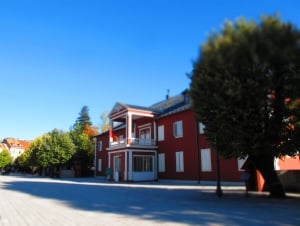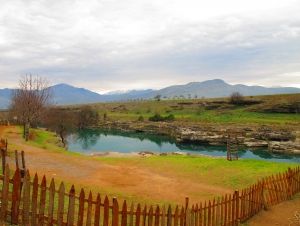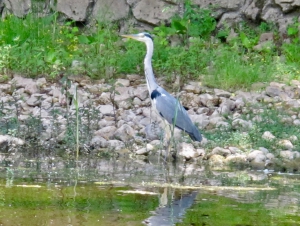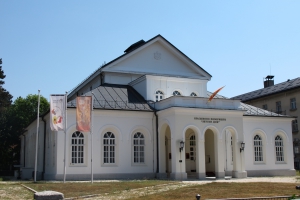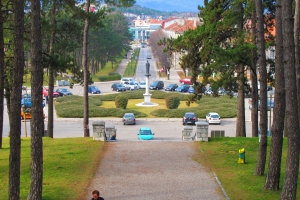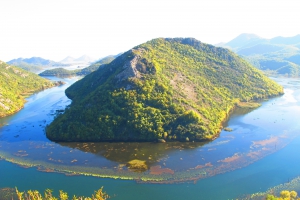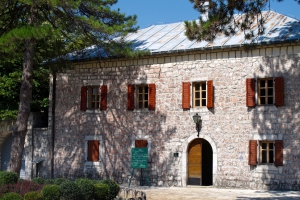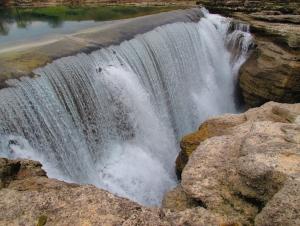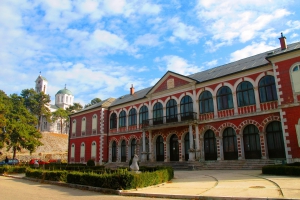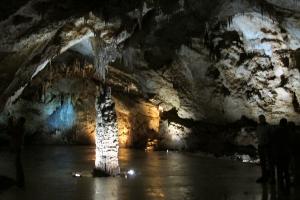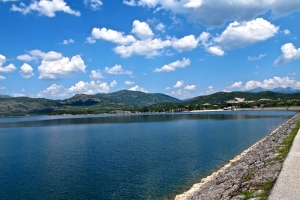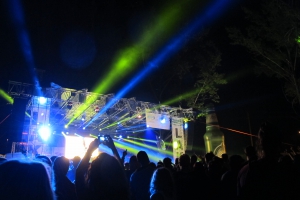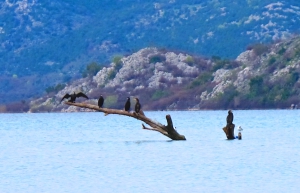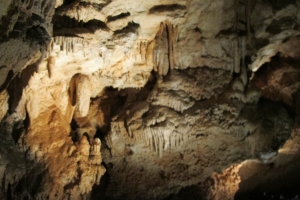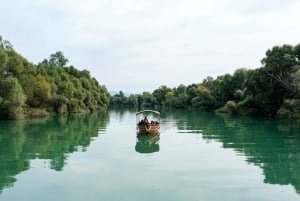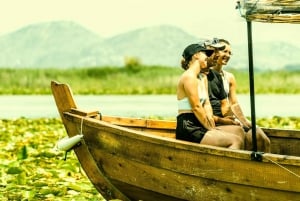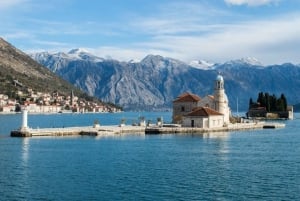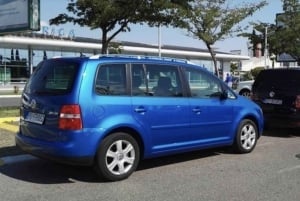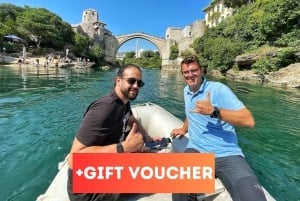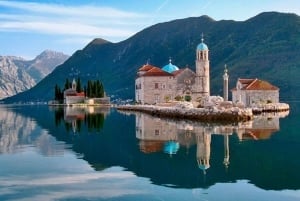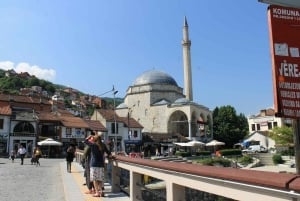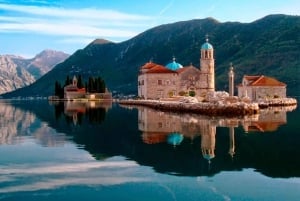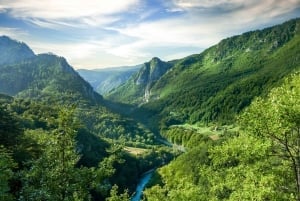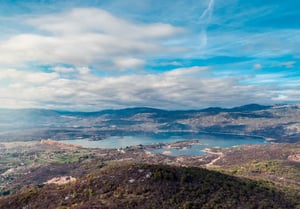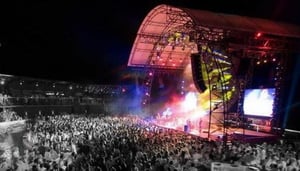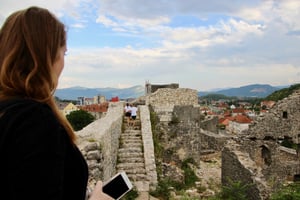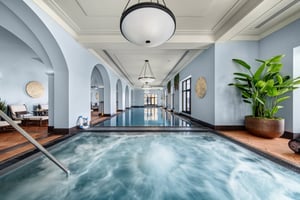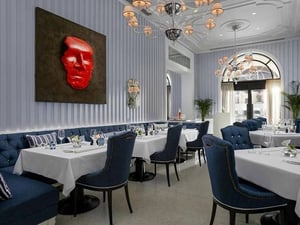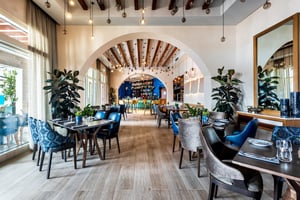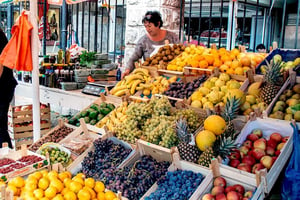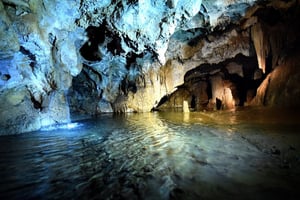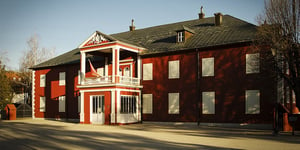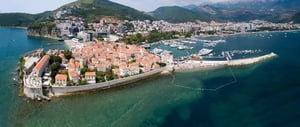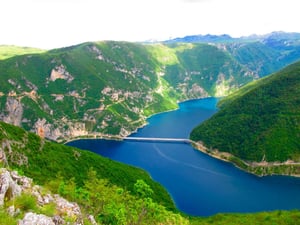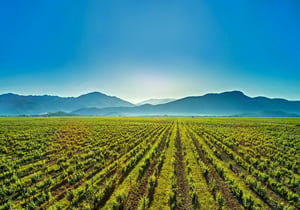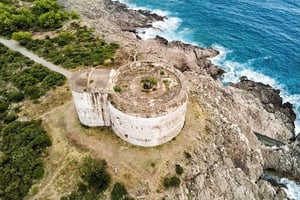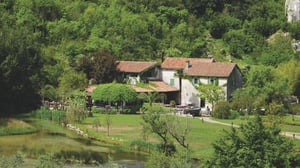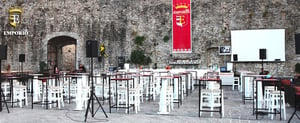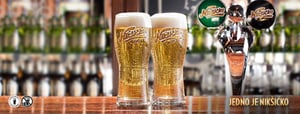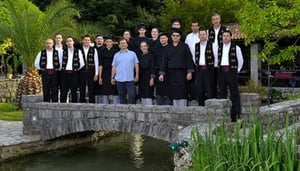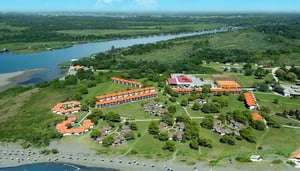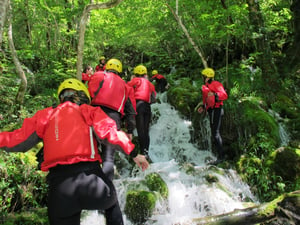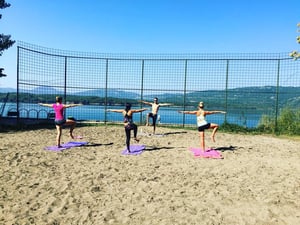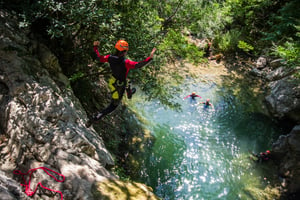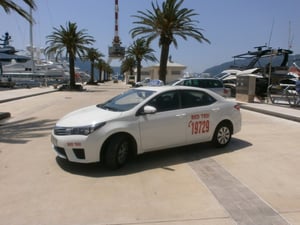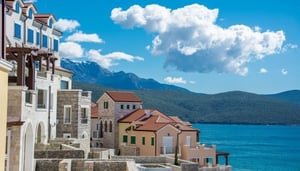Central Montenegro
Niksic, Podgorica and Cetinje
Central Montenegro has it all: commercial retail areas, mountainous regions, traditional architecture, and a myriad of holiday and tourism activities. Visitors to the area can pass through the country’s current capital of Podgorica and witness the administrative centre of Crna Gora, which is the local name for Montenegro, on their way to the stunning coastal regions. They can alternatively opt for the relative quiet of the small villages along the Adriatic coast, such as Petrovac.
Take a Dip
Lake Skadar is on the Montenegrin and Albanian border, within a short drive of Podgorica; two-thirds of the watery expanse is in Montenegro. The lake on the Montenegro side of the border is classed as a national park and is therefore taken care of by the local authorities, which work to ensure that this place of splendid beauty is kept in its natural state and preserved not only for human enjoyment but also as a home for much local wildlife. A massive 280 different species of bird frequent the lake, which attracts birdwatchers from all over the world as they flock to rub feathers with some of the last remaining pelicans in Europe. Lake Skadar is also teeming with 34 types of fish, including carp, eels and bleak; of these 34 types, seven types of fish are unique to the lake.
Cetinje
The old Royal Capital of Montenegro is Cetinje, which is situated at the foot of Mount
Lovcen, that is also a national park. The old capital is a rich source of history and cultural significance. There are various buildings that reflect the colourful history of the region, including the spiritually relevant Cetinje monastery. Built back in 1701, the building has been subjected to many attacks and some parts have been destroyed and rebuilt many times over the years. Seeing photographs of the area and its accommodation online does not do justice to the real impact of
Cetinje where, in every direction, there are superb natural views. Those visiting the area who wish to find out more about the development of Central Montenegro should visit museums in Cetinje.
Mount and Mausoleum
A short drive (13 kilometres) from Cetinje, towards Mount Lovcen, is the
Mausoleum of Petar II Petrovic Njegos. Found on the Jezerski Peak (Jezerski Vrh in the local dialect), the mausoleum is of immense cultural significance and the road leading up to the structure is laden with beautiful indigenous oak, linden and beech trees. The whole area seems to radiate a spiritual energy that is palpable to not only the locals of the area but also to first-time visitors to Petar’s Mausoleum. Those who make the trip up to the mausoleum can sit and enjoy a bite to eat at the restaurant and there is also a souvenir shop that offers trinkets representing the culture and the past of Montenegro.
There are various tourism recommendations for inland Central Montenegro, and the chances are that once a person has had a taste of the amazing scenery and rich cultural heritage they will have to return to the area to get the full taste of the real Central Montenegro experience.
Podgorica
With a population of about 230,000, Podgorica is the largest city in Montenegro and it is also the capital of the country. The area is crossed with several rivers: Moraca and Ribnica rivers flow through the city itself, while Zeta, Sitnica, Mareza and Cijevna rivers flow nearby.
Podgorica is an administrative centre of Montenegro too. Often chosen by the foreigners as the touristic destination, Podgorica shows why it is the most developed city in Montenegro.
One of the special things about Podgorica is its location. In a few hours, you can go all around the country from here.
Weather is another characteristic. Incredibly hot in summer with mild and never too cold winters. Podgorica is a favourite place for immigrants too as it really looks and has all that big European cities have.
Nikšić
The second biggest town in Montenegro, after Podgorica. This big sleeping giant was once the industrial centre of ex-Yugoslavia. Incredibly rich in nature, it is one of the greenest cities in Montenegro.
In
Niksic is all well structured, from the main square to the street network. It was all done by Josip Slade, the ex-Yugoslavia architect. Every street in Nikšić has its own avenue.
The main industries in Nikšić are brewery and electricity production.
Nikšićko Pivo is Nikšić's biggest brand. With Zeta river running through Niksic it was possible to construct the Hydroelectric power plant Perucica and give many of Niksic citizens a job they needed. With Perucica construction the result was two artificial lakes, Krupac and Slano, that became symbols of this town.
Krupac is known as Niksic's sea. Many Niksic citizens choose this lake as their main refreshment on hot summer days. Through the years Krupac was one of the favourite places in the city, and that just improved when the city got its own festival taking place at the Krupac Lake, called Lake Fest.
Nikšić's traffic is highly rated, with buss lines, railways and good roads. Besides, Niksic has an amazing position, located and connected perfectly to every part of the country. Arguably, Montenegro's best-located town should soon get an airport too!



